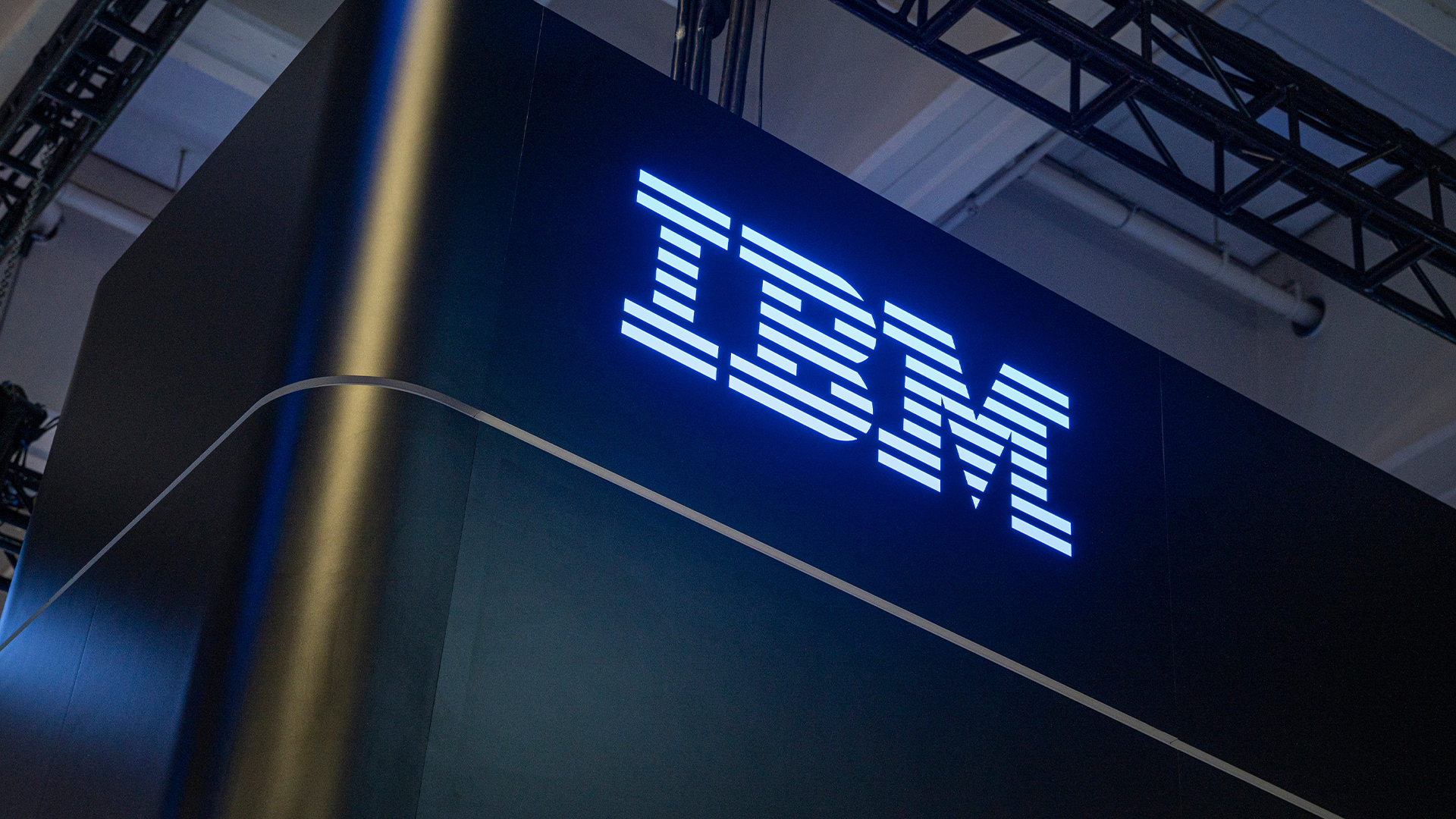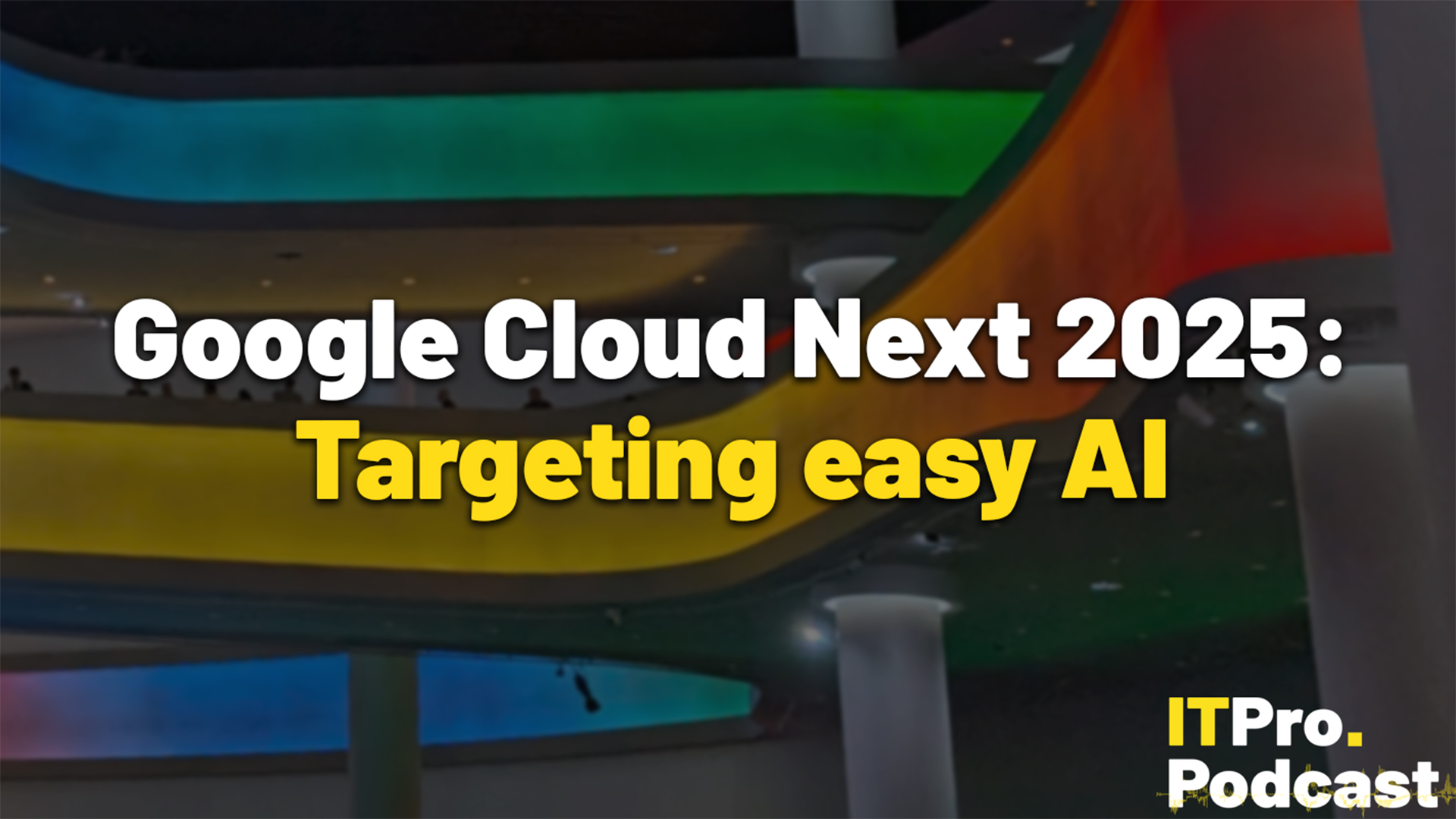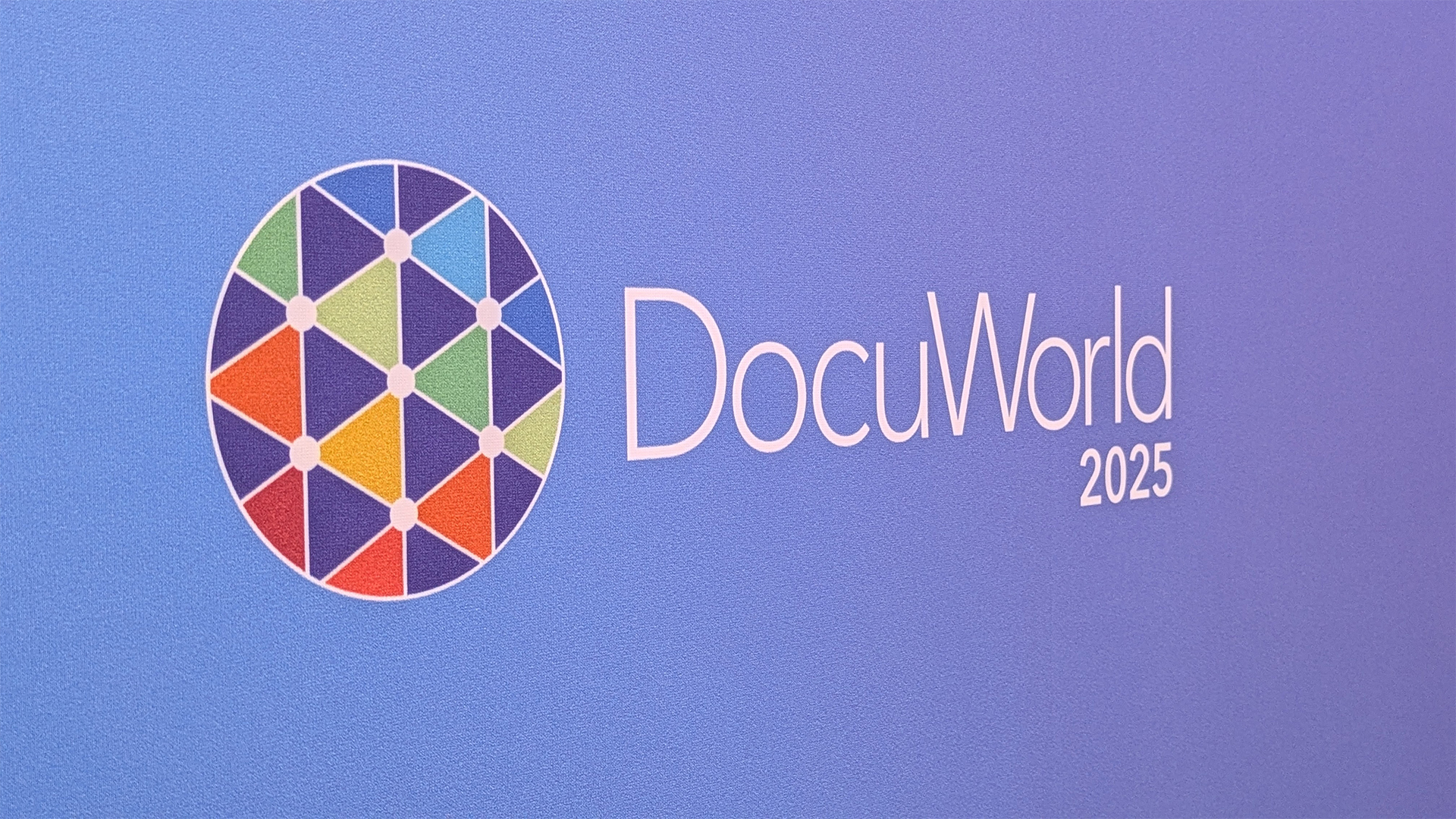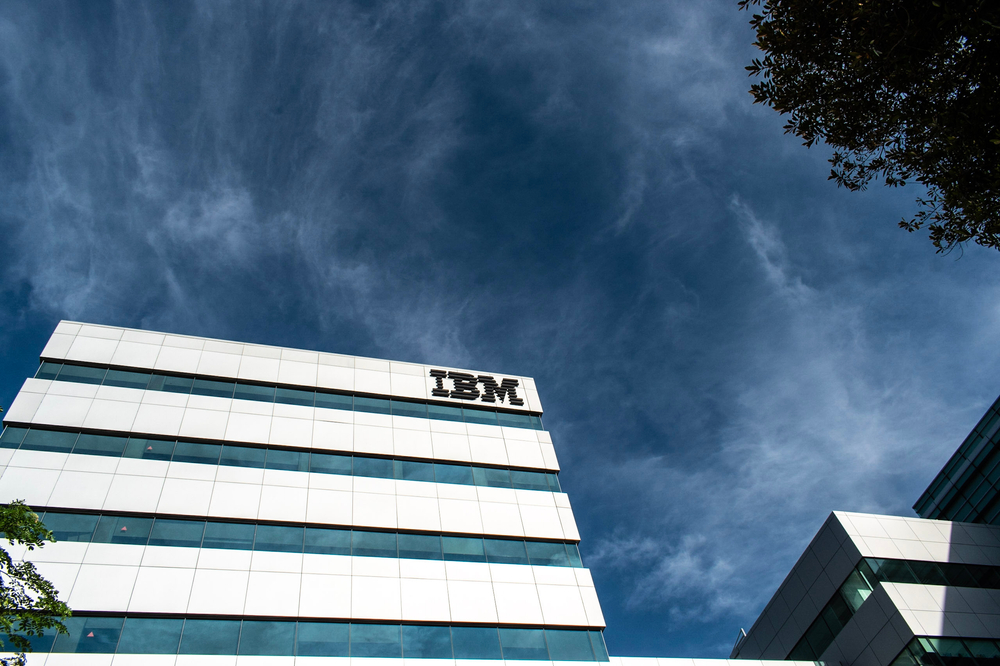IBM just unveiled its new z17 mainframe – and it's built with AI performance in mind
The z17 delivers up to 50% more daily inference tasks than its predecessor and brings marked performance boosts


IBM has released the latest version of its mainframe, the z17, aimed at supporting AI workloads and inferencing.
The company said its research shows 88% of global IT executives believe that application modernization is crucial, and that more than three-quarters reckon that mainframes will continue to be central to digital transformation.
According to IBM, the z17 has been designed with the direct input of more than 100 clients and in close collaboration with the IBM Research and Software teams.
The new system allows enterprises to score 100% of their transactions in real-time, and is targeted at more than 250 new AI use-cases, such as mitigating loan risk, managing chatbot services, supporting medical image analysis or tackling retail crime.
"The industry is quickly learning that AI will only be as valuable as the infrastructure it runs on," said Ross Mauri, general manager of IBM Z and LinuxONE, IBM.
"With z17, we're bringing AI to the core of the enterprise with the software, processing power, and storage to make AI operational quickly. Additionally, organizations can put their vast, untapped stores of enterprise data to work with AI in a secured, cost-effective way."
Under the hood of the z17 mainframe
Powered by the new IBM Telum II processor, the z17 can process 50% more AI inference operations per day than its predecessor, the z16, IBM said.
Get the ITPro daily newsletter
Sign up today and you will receive a free copy of our Future Focus 2025 report - the leading guidance on AI, cybersecurity and other IT challenges as per 700+ senior executives
It has multi-model AI capabilities, new security features to bolster data security, and tools designed to leverage AI for improving system usability and management.
In particular, its AI inferencing capabilities are powered by a second-generation on-chip AI accelerator built into the Telum II processor. This, IBM noted, provides better frequency and compute capacity and a 40% boost to cache, enabling more than 450 billion inferencing operations in a day and one millisecond response times.
The IBM Spyre Accelerator - expected to be available via PCIe card by the end of the year - will bring additional AI compute capabilities aimed at supporting multi-model methods of AI.
This has been specially engineered to bring generative AI capabilities to the mainframe, including running AI assistants by leveraging enterprise data contained in the system.
AI assistants and AI agents are included, such as IBM watsonx Code Assistant for Z and IBM watsonx Assistant for Z. Watsonx Assistant for Z will also, for the first time, be integrated with Z Operations Unite to provide AI chat-based incident detection and resolution using live systems data.
The company also previewed z/OS 3.2, the next version of its operating system for IBM Z, which is expected to be released by the end of the year.
It's designed to support hardware-accelerated AI capabilities across the system and operational AI insights for system management capabilities, along with support for modern data access methods, NoSQL databases and hybrid cloud data processing.
MORE FROM ITPRO
- The end of the mainframe in financial services?
- IBM and SAP expand partnership to drive generative AI capabilities
- Cloud computing or mainframe? Why the pendulum might be swinging back in the age of generative AI
Emma Woollacott is a freelance journalist writing for publications including the BBC, Private Eye, Forbes, Raconteur and specialist technology titles.
-
 Google Cloud Next 2025: Targeting easy AI
Google Cloud Next 2025: Targeting easy AIITPro Podcast Throughout its annual event, Google Cloud has emphasized the importance of simple AI adoption for enterprises and flexibility across deployment
By Rory Bathgate Published
-
 How DocuWare is empowering partners with AI
How DocuWare is empowering partners with AINews DocuWare is aiming to revolutionize the channel with AI and automated services, with a host of new products announced at its annual EMEA partner conference in Berlin.
By Bobby Hellard Published
-
 Everything you need to know about Kyndryl
Everything you need to know about KyndrylIn-depth A brief guide to the history of IT infrastructure services provider Kyndryl, including its key products and people
By David Howell Published
-
 The key requirements of modernization and the role of IBM Power10
The key requirements of modernization and the role of IBM Power10whitepaper Efficient power servers for your data center
By ITPro Published
-
 The power of IBM Power for SAP HANA and SAP S/4HANA environments
The power of IBM Power for SAP HANA and SAP S/4HANA environmentswhitepaper Greater efficiency, reduced carbon footprint
By ITPro Published
-
 ITIC 2022 Global Server Hardware, Server OS Security Report
ITIC 2022 Global Server Hardware, Server OS Security Reportwhitepaper Deploy applications safely and securely
By ITPro Published
-
 Implementing sustainable storage infrastructure
Implementing sustainable storage infrastructureWhitepaper Understand what to look for from vendors and make better storage infrastructure purchasing decisions.
By ITPro Published
-
 IT best practices for accelerating the journey to carbon neutrality
IT best practices for accelerating the journey to carbon neutralityWhitepaper Considerations and pragmatic solutions for IT executives driving sustainable IT
By ITPro Published
-
 IBM's new z16 mainframe brings two industry-firsts and quantum-proof data encryption
IBM's new z16 mainframe brings two industry-firsts and quantum-proof data encryptionNews The latest product in its z-series of mainframes is described as a 'game-changer' and has already saved major companies millions in lost revenue
By Connor Jones Published
-
 IBM buys Sentaca to boost 5G and hybrid cloud services
IBM buys Sentaca to boost 5G and hybrid cloud servicesNews The acquisition will aid IBM’s telecom clients to upgrade and unlock new revenue streams in 5G
By Praharsha Anand Published